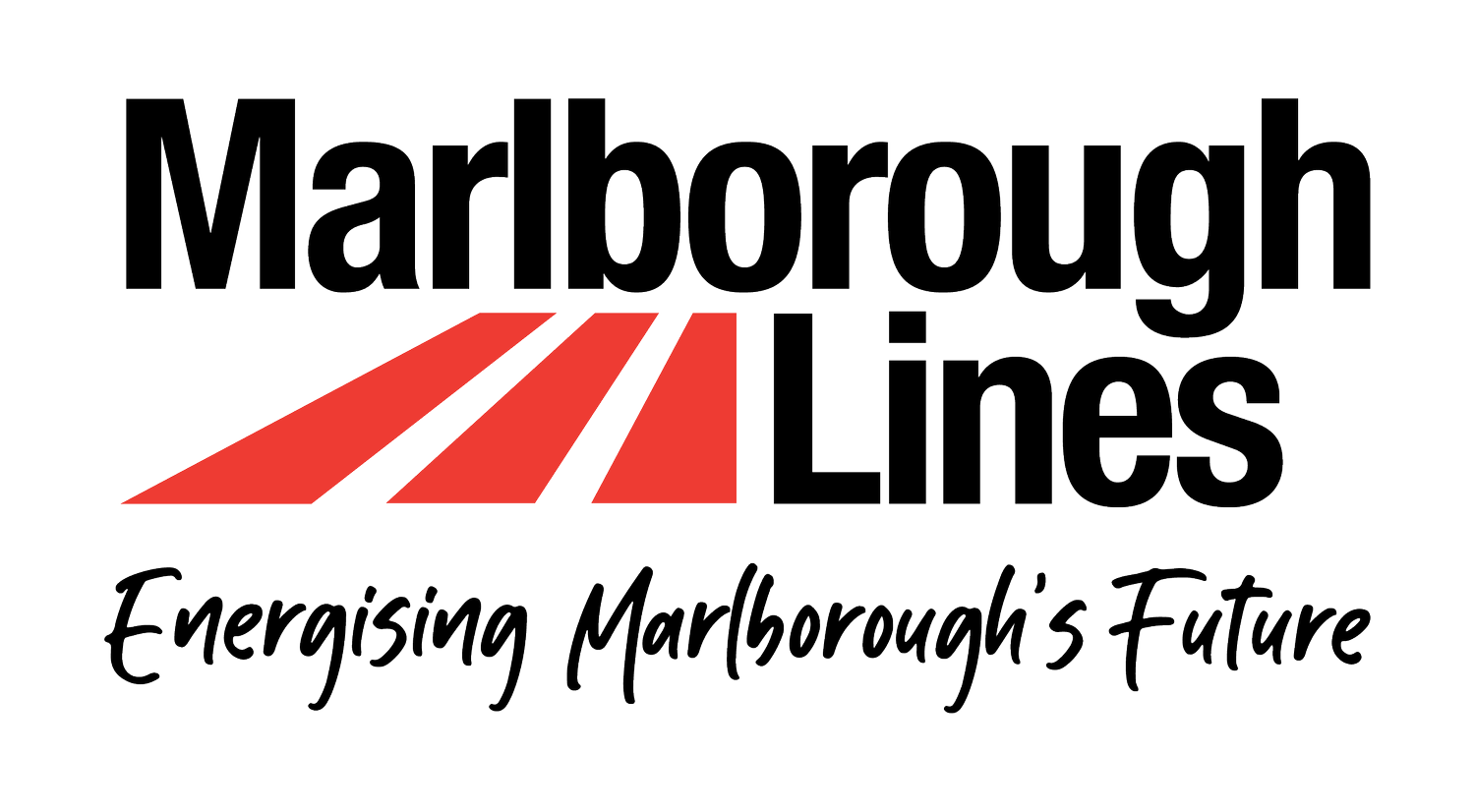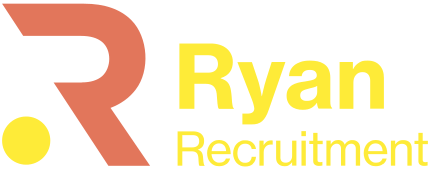Strategic HR are able to help your organisation identify what organisational culture will support the core competencies of the business and the strategic direction it needs to follow. Once these key aspects of culture are identified we will work with you to build a model of what you need to do to create the culture and what business outcomes can be tracked to monitor the progress towards that culture. When the model is in place, organisational systems can be aligned to reinforce this and create a different way of working.
Engagement is one of the fundamental elements of any intervention as it is a measure of the willingness to do more for the organisation. It is not the only element however, as engagement without definition of the desired culture direction would be like having your foot on the accelerator with no steering wheel
As 50 - 80% of engagement is attributable to leadership this will be a key aspect of any plan. The leadership practises which create engagement (providing clear direction and helping the individual understand the links between their work and the organisational direction, respecting and developing an individuals skills, recognising good and managing poor performance and building a strongly connected team) need to be communicated clearly through position descriptions and performance management and coaching systems.
Infrastructure needs to be built to make it easy for leaders to do and communicate these four drivers of engagement and other systems need to be aligned so that staffs experience of the organisation is consistent with the stated vision and values.
Like any organisation initiative, progress needs to be monitored and the outcomes established to build ongoing commitment to the programme

Helping you define what your strategy or brand means in terms of what needs to change in terms of the way your staff work - the key competencies that underpin your strategy.
Encouraging the new required behaviours through:
Aligning the acquisition and retention of talent with the new requirements - recruitment and selection systems, succession planning and talent management.
Managing change processes.
Removing impediments

Took a company from a state where managers didn't see engagement as relevant to the point where they voluntarily put 50% of their bonus provision on achievement of engagement objectives. Received an HRINZ Merit Award for the process that built manager commitment to engagement.
From 2007 to 2011 the number of teams engaged at the levels of the top 25% of the best places went from nil to one third of all teams. Evaluation of the model over the period demonstrated higher engagement drove down sick leave, incidents and turnover and increased customer satisfaction, innovation and applications for internal roles. Initiatives implemented to build engagement included leadership development programmes, competencies for professional groups and leaders, aligning systems with competencies - 360, development toolkits, interview guides, position descriptions, and recruitment tools; creating infrastructure such as communication processes and performance management processes to support the objectives.


Worked with one of NZ's largest companies which was going through large changes to build engagement through front line leadership development. A number of actions were put in place to support leadership development - including developing their managers to support the front line leaders effectively, coaching modules, celebrating those that had already achieved high engagement, aligning accountabilities with leadership practices which drive engagement, key competencies and development workshops.
Worked with the executive of a large dairy company to define what culture would support their organisational direction. This was measured on a annual basis and action plans developed with staff on the practical changes that could be made.

















